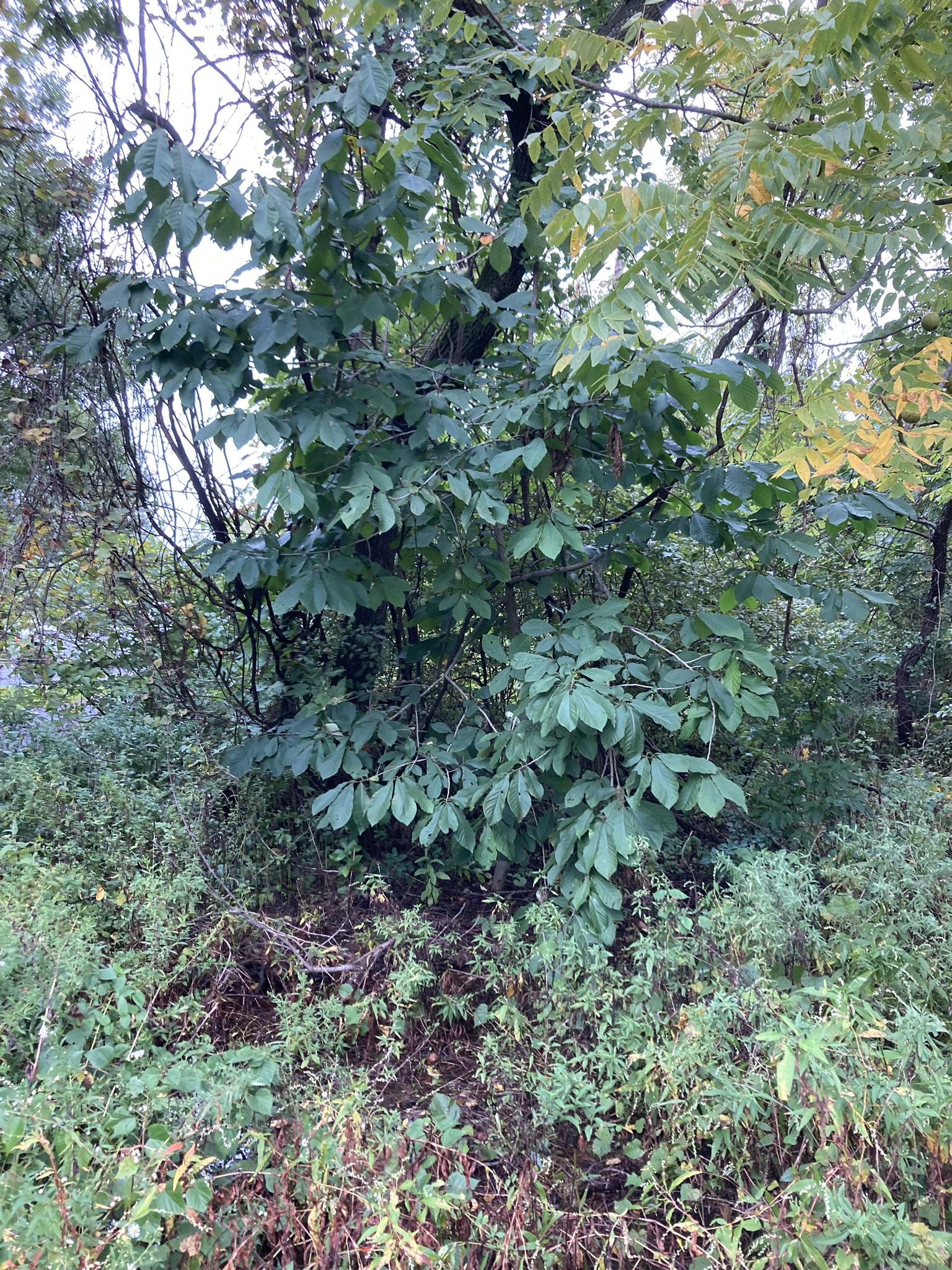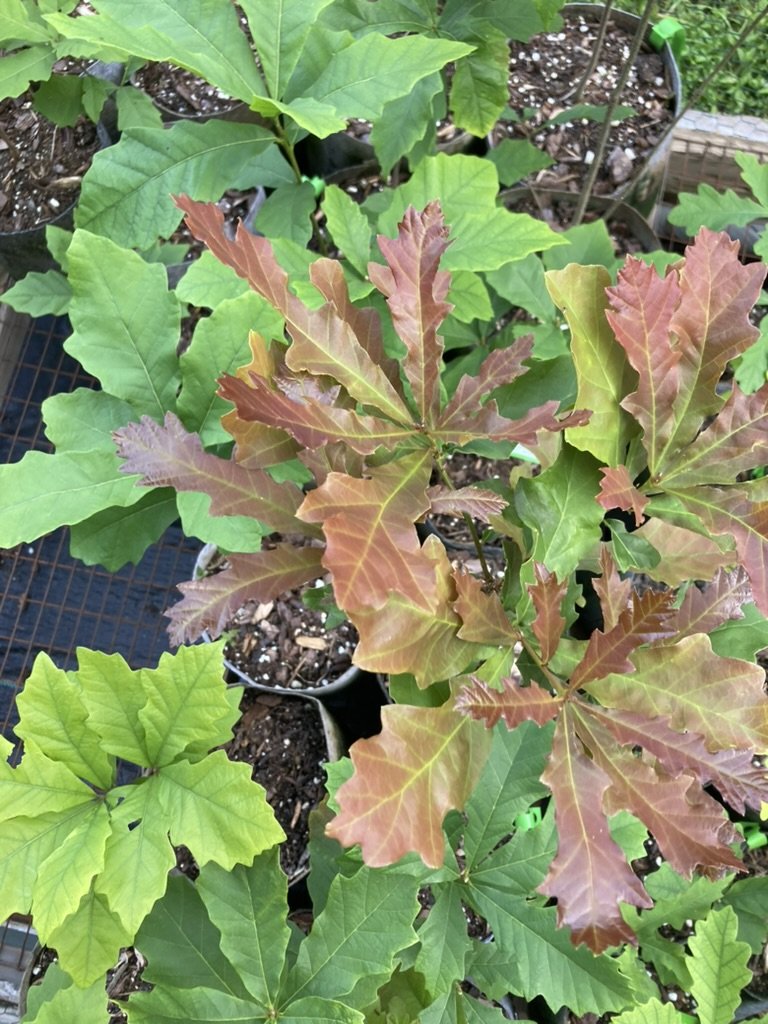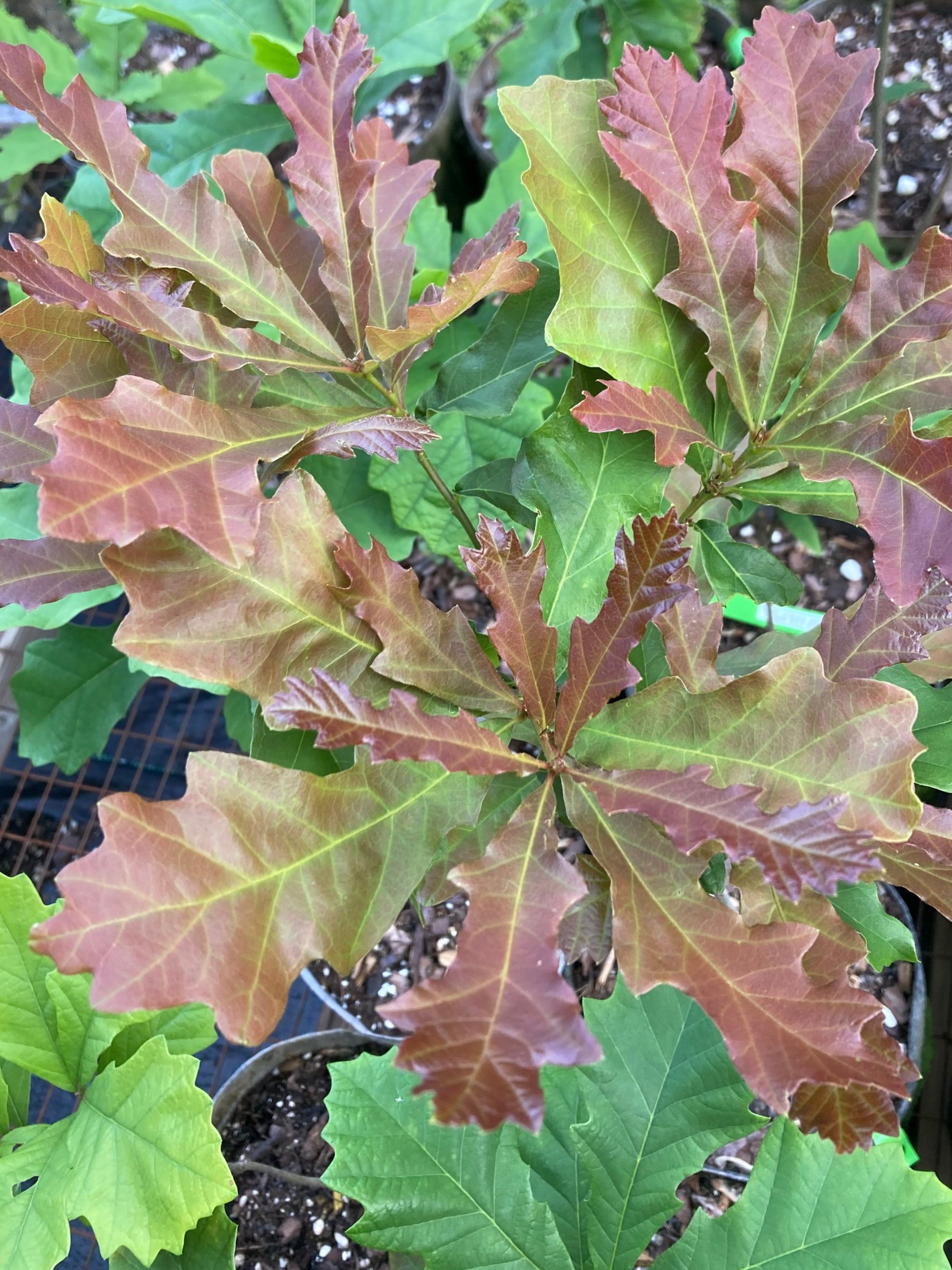 Image 1 of 5
Image 1 of 5

 Image 2 of 5
Image 2 of 5

 Image 3 of 5
Image 3 of 5

 Image 4 of 5
Image 4 of 5

 Image 5 of 5
Image 5 of 5






Pawpaw
🍃 Asimina triloba (American Pawpaw)
Understory Tree | Eastern North American Native | Edible Fruit | Wildlife Support
Highlights for Native Plant Enthusiasts:
🐛 Host plant for the Zebra Swallowtail Butterfly (Eurytides marcellus)
🍌 Produces the largest native edible fruit in North America – custard-like & tropical in flavor
🐦 Fruits feed opossums, raccoons, foxes, and birds like wild turkey
🌳 Native to rich, moist forests and streambanks—ideal for naturalized woodland edges
🌿 Unique, large leaves lend a tropical feel to native gardens
🍁 Beautiful yellow fall color adds seasonal interest
🌼 Maroon, nodding flowers in early spring support native pollinators
Growing Information:
Height: 12–25 ft | Spread: 10–20 ft
Soil: Moist, well-drained, slightly acidic to neutral
Light: Part shade (ideal) to full sun (more fruit)
Zones: 5–9
Type: Small deciduous tree or large shrub
Pollination Note: Requires at least two genetically different plants for fruit set
Why Native Growers Love It:
Asimina triloba is one of the few native fruit trees with deep cultural, ecological, and culinary roots. Once a staple in Indigenous and settler diets, pawpaw is seeing a resurgence among native plant gardeners, food forest growers, and rewilding enthusiasts. It thrives in woodland gardens, riparian buffers, and edible native landscapes, offering habitat, beauty, and a true sense of place.
This is a species that feeds the ecosystem and the gardener alike.
Available in 1-gallon, 2-gallon, and 3-gallon pots with local or regional ecotype seedlings when possible. Seedlings of improved breeding efforts available for enhanced fruiting.
Grown without synthetic herbicides or pesticides – just how nature intended.
🛒 Bring back the pawpaw—plant Asimina triloba and reconnect with your native roots.
🍃 Asimina triloba (American Pawpaw)
Understory Tree | Eastern North American Native | Edible Fruit | Wildlife Support
Highlights for Native Plant Enthusiasts:
🐛 Host plant for the Zebra Swallowtail Butterfly (Eurytides marcellus)
🍌 Produces the largest native edible fruit in North America – custard-like & tropical in flavor
🐦 Fruits feed opossums, raccoons, foxes, and birds like wild turkey
🌳 Native to rich, moist forests and streambanks—ideal for naturalized woodland edges
🌿 Unique, large leaves lend a tropical feel to native gardens
🍁 Beautiful yellow fall color adds seasonal interest
🌼 Maroon, nodding flowers in early spring support native pollinators
Growing Information:
Height: 12–25 ft | Spread: 10–20 ft
Soil: Moist, well-drained, slightly acidic to neutral
Light: Part shade (ideal) to full sun (more fruit)
Zones: 5–9
Type: Small deciduous tree or large shrub
Pollination Note: Requires at least two genetically different plants for fruit set
Why Native Growers Love It:
Asimina triloba is one of the few native fruit trees with deep cultural, ecological, and culinary roots. Once a staple in Indigenous and settler diets, pawpaw is seeing a resurgence among native plant gardeners, food forest growers, and rewilding enthusiasts. It thrives in woodland gardens, riparian buffers, and edible native landscapes, offering habitat, beauty, and a true sense of place.
This is a species that feeds the ecosystem and the gardener alike.
Available in 1-gallon, 2-gallon, and 3-gallon pots with local or regional ecotype seedlings when possible. Seedlings of improved breeding efforts available for enhanced fruiting.
Grown without synthetic herbicides or pesticides – just how nature intended.
🛒 Bring back the pawpaw—plant Asimina triloba and reconnect with your native roots.






























